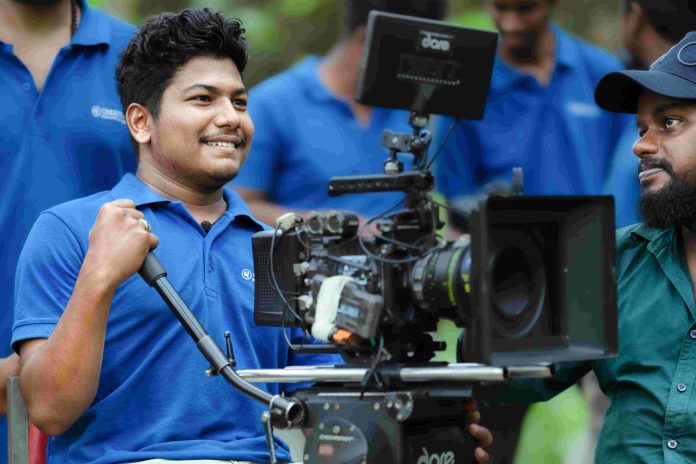Street photography, often known as candid photography, is photography that captures unmediated accidental meetings and random incidents in public areas for the sake of art or research.
Exploring the Streets: A Look Inside the Minds of Visionary Photographers
Photographers like Alfred Stieglitz, Berenice Abbott, and William Eggleston have left indelible marks on the art form. Despite capturing captivating street scenes, these masters refused to be labelled as street photographers.
The Urban Symphony by Alfred Stieglitz
Even in rainy weather, Alfred Stieglitz, a pioneer in his own way, used his camera to reveal the enigmatic charm of New York City and Paris. His camera moved with the beat of the streets, capturing the spirit of city life.

Fish Seller: Self work cannot stop a man
Abbott’s Unique Point of View
Berenice Abbott, on the other hand, took a novel method in the 1930s. She framed cityscapes from unusual angles, emphasizing the interplay of light and shadow. Like a diligent painter, Abbott’s lens revealed the majesty of the architectural environment.
The Chromatic Revolution of Eggleston
William Eggleston, a master of raising color photography to the level of fine art, turned his attention to ordinary life. He immortalized the everyday through large-scale photos, showing the liveliness of public areas and streets in a way that converted the ordinary into the remarkable.

Loading Worker: Come out from the dark
Tracing Influences: The Historical Origins of Street Photography
The ambition to record public life began in the nineteenth century, when painters such as Edgar Degas, Édouard Manet, and Henri de Toulouse-Lautrec collaborated with photographers to capture the spirit of city life.
Collaboration in the Arts
The streets provided a shared canvas for these painters, sketchers, and photographers. They expertly conveyed the mundane and the extraordinary, the iconic and the odd, using the urban landscape as their studio.

Suspicious View: Escape from the crowd
Harmony among the Mediums
Artists expertly combined painting and photography, utilizing the advantages of each medium to create spontaneity and movement in still images. The street was transformed into a theatre for capturing the dynamic energy of life.
Brushstrokes to Shutter Clicks: The Evolution of Expression
Impressionists such as Claude Monet used scribbled brushstrokes to represent movement and change over time. Monet’s investigation included examining how light changes throughout the day, which a camera can easily do.
Capabilities of the Camera
Initially conceived as a tool to replace the artist’s hand, the camera’s distinguishing characteristics—its instantaneousness and increased focus—set it apart. With its ability to look beyond the human eye, photography has earned its own identity separate from a painted masterpiece.

Old Man: Effort to be continued
The “Street” Chapter Represented
In essence, the chapter in the annals of art dubbed “Street” unfolds a visual tale. It captures the spirit of visionaries like Stieglitz, Abbott, and Eggleston, who portrayed the rich tapestry of life on the streets through their lenses.
Finally, the development of street photography is intertwined with the rich history of art. Each frame tells a tale, encapsulating a moment in time inside the busy energy of the streets, from the joint efforts of painters and photographers to the peculiarity of the camera’s lens.
Copyrights:
All the photos and text in this post are copyright of Abiraj M.,Tamil Nadu Creative Hut Institute of Photography .Their reproduction, full or part, is forbidden without the explicit approval of the rightful owners.


